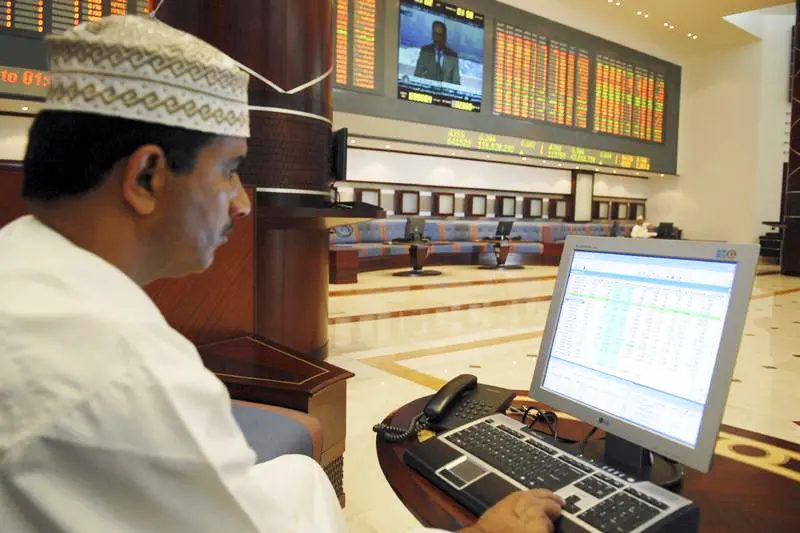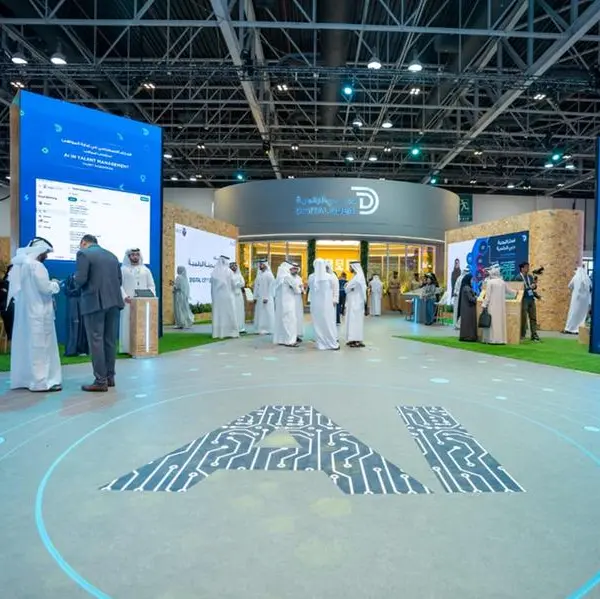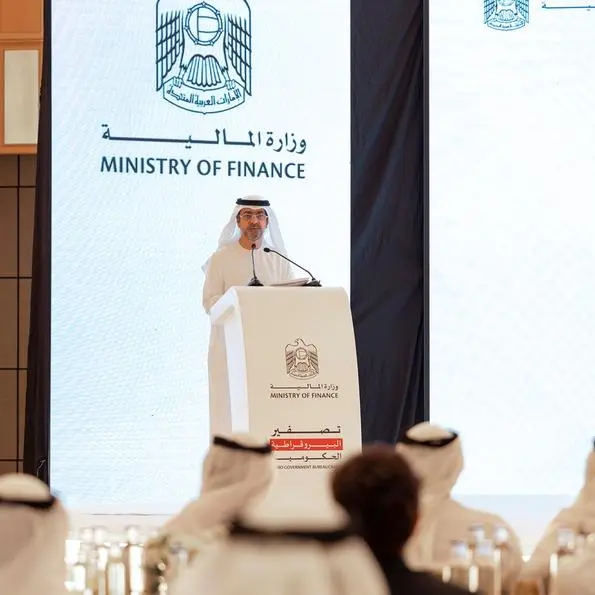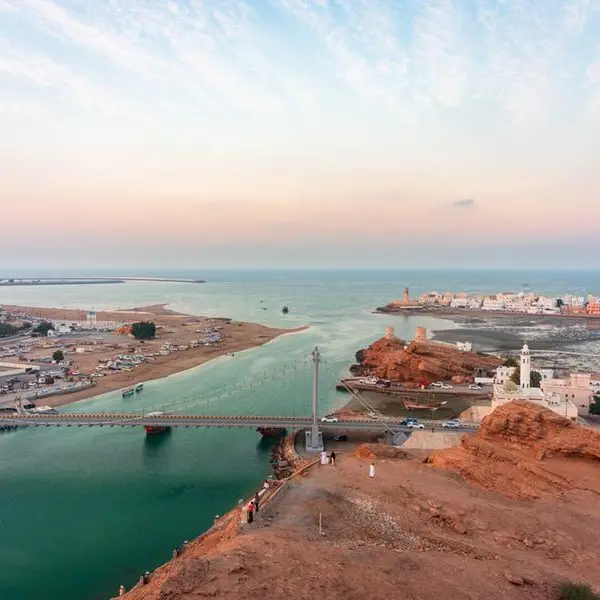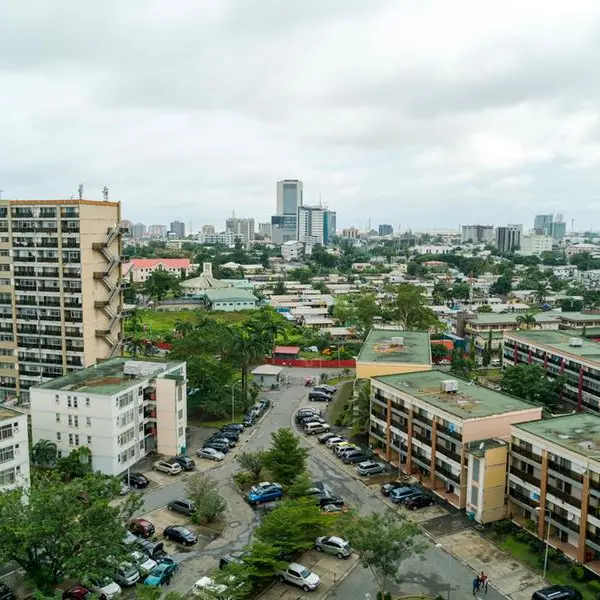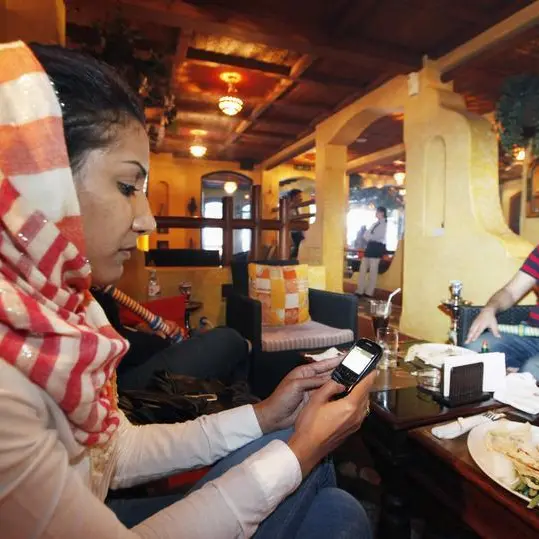PHOTO
01 January 2017
Conrad Prabhu
Muscat - Cost reflective tariffs (CRT) come into effect today for an estimated 10,000 government, commercial and industrial customers across the Sultanate, identified by electricity authorities as “large” power consumers. This is in line with a decision by the Council of Ministers to lift longstanding subsidy on power supplied to major customers consuming more than 150 megawatt-hours (MWh) per annum. The landmark move was unveiled at a media briefing convened by the Authority for Electricity Regulation Oman (AER) in October.
The step underscores efforts by the government to roll back subsidies on certain utilities and services and thereby narrow the yawning gap between revenues and expenditure resulting from the steep fall in oil prices two years ago. This cost-cutting trend, among other austerity measures, is expected to be further reinforced when the 2017 State Budget is unveiled this week, say experts.
Importantly, the new Cost Reflective Tariff regime that comes into force today does not automatically translate into higher costs for these organisations, according to the Executive Director of the Authority for Electricity Regulation Oman.
The new tariff will be different for every hour of the day, thereby providing the targeted government, commercial and industrial customers with strong incentives to reduce overall consumption, Qais Saud al Zakwani said.
“The new tariff will reflect the actual cost of supplying electricity for every hour and provide a relatively small number of customers with strong incentives to reduce demand at times of system peak demand and return significant benefits in terms of reduced overall peak demand and the requirement of future investments,” Al Zakwani explained at the briefing last October.
With the scrapping of subsidy for large customers, electricity costs will now average 26-30 baizas/kilowatt-hour (bz/kWh) for low voltage customers, and 18 – 22 bz/kWh for high voltage customers. This compares with present tariffs of 20 bz/kWh for commercial customers, 12 – 24 bz/kWh for industrial customers, and 12 – 30 bz/kWh for government customers. Additionally, the new tariffs will vary from hour to hour, and season to season.
Prices can soar to levels just shy of 60 bz/kWh during the May-June-July period, when demand typically peaks.
Significantly, the new tariff system for large customers could see subsidy to the power sector slashed by as much as 20 per cent.
Subsidy earmarked for the sector was estimated by the regulator at RO 495.6 million during 2016, up from RO 454.4 million a year earlier.
Savings to the government as a result of the new tariff scheme are projected in excess of RO 100 million annually at current consumption trends.
“The main driver behind the (new tariff) is energy efficiency. With the (previous) tariff structure, customers (did not) have an incentive to use energy efficiently. That was the basis of our proposal to approach the issue from an energy efficiency perspective,” the Executive Director added.
Conrad Prabhu
Muscat - Cost reflective tariffs (CRT) come into effect today for an estimated 10,000 government, commercial and industrial customers across the Sultanate, identified by electricity authorities as “large” power consumers. This is in line with a decision by the Council of Ministers to lift longstanding subsidy on power supplied to major customers consuming more than 150 megawatt-hours (MWh) per annum. The landmark move was unveiled at a media briefing convened by the Authority for Electricity Regulation Oman (AER) in October.
The step underscores efforts by the government to roll back subsidies on certain utilities and services and thereby narrow the yawning gap between revenues and expenditure resulting from the steep fall in oil prices two years ago. This cost-cutting trend, among other austerity measures, is expected to be further reinforced when the 2017 State Budget is unveiled this week, say experts.
Importantly, the new Cost Reflective Tariff regime that comes into force today does not automatically translate into higher costs for these organisations, according to the Executive Director of the Authority for Electricity Regulation Oman.
The new tariff will be different for every hour of the day, thereby providing the targeted government, commercial and industrial customers with strong incentives to reduce overall consumption, Qais Saud al Zakwani said.
“The new tariff will reflect the actual cost of supplying electricity for every hour and provide a relatively small number of customers with strong incentives to reduce demand at times of system peak demand and return significant benefits in terms of reduced overall peak demand and the requirement of future investments,” Al Zakwani explained at the briefing last October.
With the scrapping of subsidy for large customers, electricity costs will now average 26-30 baizas/kilowatt-hour (bz/kWh) for low voltage customers, and 18 – 22 bz/kWh for high voltage customers. This compares with present tariffs of 20 bz/kWh for commercial customers, 12 – 24 bz/kWh for industrial customers, and 12 – 30 bz/kWh for government customers. Additionally, the new tariffs will vary from hour to hour, and season to season.
Prices can soar to levels just shy of 60 bz/kWh during the May-June-July period, when demand typically peaks.
Significantly, the new tariff system for large customers could see subsidy to the power sector slashed by as much as 20 per cent.
Subsidy earmarked for the sector was estimated by the regulator at RO 495.6 million during 2016, up from RO 454.4 million a year earlier.
Savings to the government as a result of the new tariff scheme are projected in excess of RO 100 million annually at current consumption trends.
“The main driver behind the (new tariff) is energy efficiency. With the (previous) tariff structure, customers (did not) have an incentive to use energy efficiently. That was the basis of our proposal to approach the issue from an energy efficiency perspective,” the Executive Director added.
© Oman Daily Observer 2017
